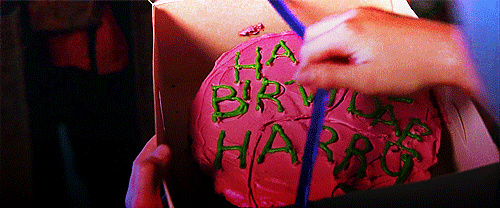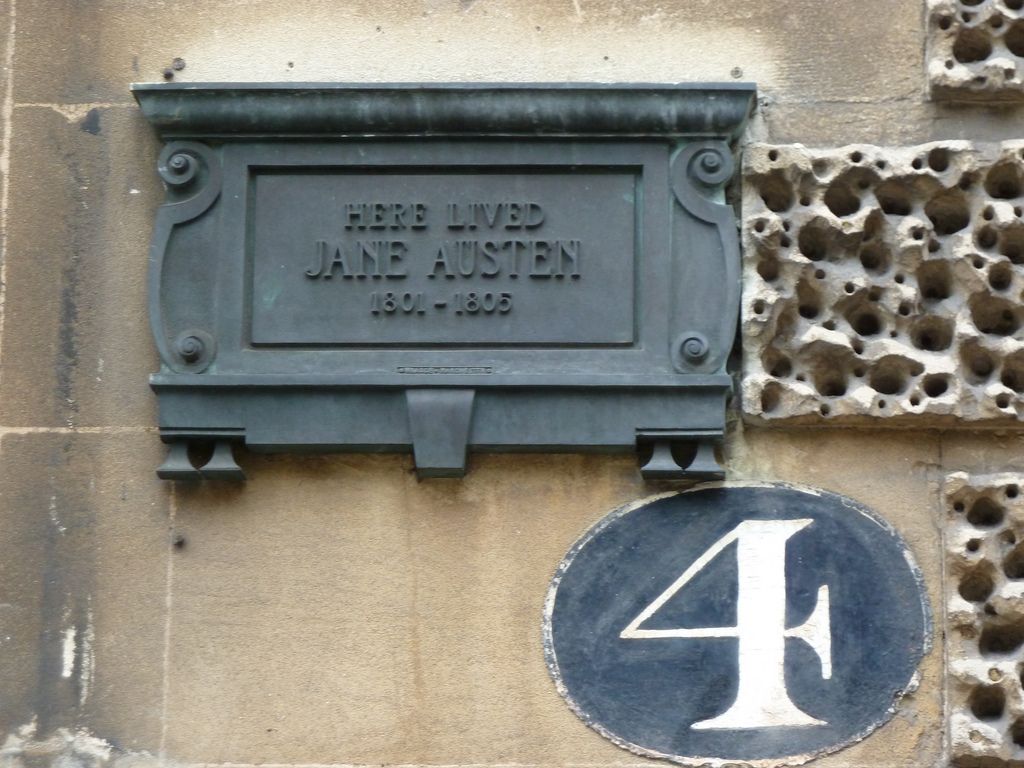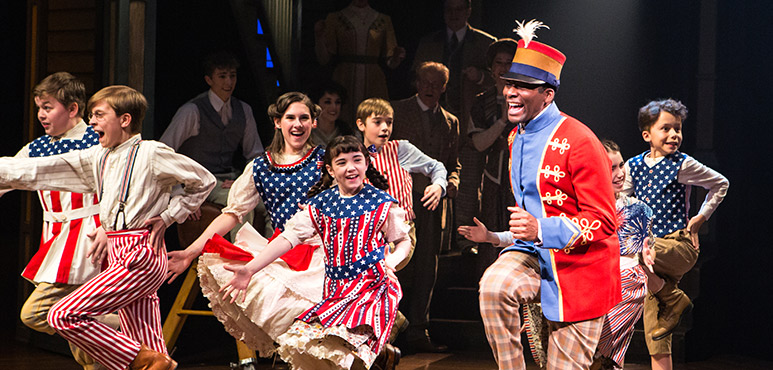Showtime’s short-lived horror drama Penny Dreadful embodied the very best of Victorian Gothic. The show’s investment in literature proves that the best adaptations are unafraid to honour their origins.
As we discussed earlier this month, the Victorians were much more than their stodgy reputation leads us to believe. Victorian society was slippery and grey, invested as much in the supernatural as the natural. It was, after all, a time of great upheaval. And out of that shadowy underlife emerged some of the most iconic Gothic monsters.
Do you believe there is a demimonde, Mr. Chandler? A half-world between what we know and what we fear? A place in the shadows, rarely seen but deeply felt?
Penny Dreadful, “Night Work” (1×01)
While Gothic literature had its heyday in the late eighteenth century, the genre underwent a massive resurgence in the Victorian era. The old forms of eighteenth-century Gothic were updated to reflect the anxieties of a society teetering on the edge of modernity. It’s remarkable just how many Gothic novels were published in the final decades of the nineteenth century, including classics like Joseph Sheridan le Fanu’s Carmilla (1872), Robert Louis Stevenson’s The Strange Case of Dr. Jekyll and Mr. Hyde (1886), Oscar Wilde’s The Picture of Dorian Gray (1890), Bram Stoker’s Dracula (1897), and Henry James’s The Turn of the Screw (1898).
Among this slew of new horror fiction were penny dreadfuls, cheap, sensational, serialized stories that were looked down upon not just for their lurid subject matter but also for their mass popularity. Which brings me to Penny Dreadful (2014-2016), a TV series that took its inspiration from all of the above.

Written and created by John Logan (who also wrote the play Red), Penny Dreadful takes the monster-parts of classic Gothic literature, from Dracula to Dorian Gray to Frankenstein, and stitches them together into one exquisite tapestry of postmodern beauty and terror, blurring the edge between the lurid grotesque of pop culture and the high-minded literary aspirations of high art.
Penny Dreadful wears its literary influences on its puffy Victorian sleeve, shamelessly flaunting its literariness at every step. While most obviously shaped by nineteenth-century Gothic, the show is also knee-deep in Romantic poetry.

In Penny Dreadful, two strangers can casually recite the same poem to each other from memory like it’s nothing. Victor Frankenstein, in seeking a name for his creation, reaches not for the Bible but for Shakespeare, because “theological connotations aren’t very ‘us’, are they?”
The same could be said of Penny Dreadful. In a world of vampires, werewolves, and witches—a world of senseless death and cruelty—existence seems devoid of the divinity and order that the Romantics saw in nature. As Frankenstein’s monster puts it:
I am not a creation of the antique pastoral world. I am modernity personified. Did you not know that’s what you were creating? The modern age? Did you really imagine that your modern creation would hold to the values of Keats and Wordsworth? We are men of iron and mechanization now. We are steam engines and turbines. Were you really so naive to imagine that we’d see eternity in a daffodil?
Penny Dreadful, “Resurrection” (1×03)
The Gothic is the dark underside of Romanticism, anticipating the bloody monstrous mechanized world that Penny Dreadful knows has already arrived and still haunts us to this day. But the show’s investment in poetry, in beauty and love and kindness among the unkind, shows that there are ways to hold back the dark, even if just for a moment.
That’s why all monsters in Penny Dreadful are secretly poets, the Creature perhaps most of all. Just as his creator reached for Shakespeare, the Creature renames himself John Clare after the poet of the same name in an attempt to shed his monstrous past. And in the cavernous dark beneath London (a place in the shadows, rarely seen but deeply felt), Clare finds kinship with Vanessa Ives, another damaged person who dwells in the halfway place between light and dark (Vanessa, notably an original creation, is the glue that holds the show together). She looks at his scarred face with warmth and the two trade soft words and lines of poetry:
The characters of Penny Dreadful speak in and through literature, finding solace in poetry when the world offers them only pain and loss and darkness. This is a story about monsters—the scary, bloodsucking, evil monsters, of course. But also the sad, lonely, misunderstood monsters—the broken things—the kind of monsters that shed light on what it means to be human and, conversely, what it means to be cast out from humanity.
Stories make up Penny Dreadful‘s blood and bones. Its characters use literary texts to define themselves, to narrate their lives, to make sense of the world around them. They themselves are texts, living and breathing and endlessly generative. That’s what makes literature so powerful to begin with, and Penny Dreadful understands that better than any show on television.




























